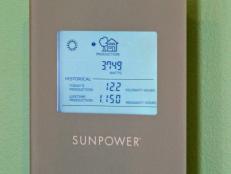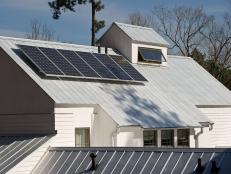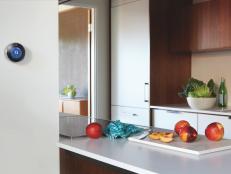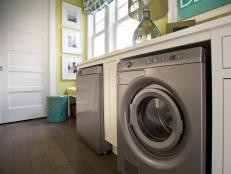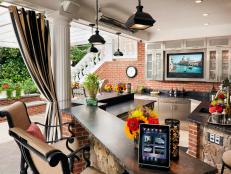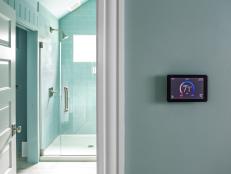Home Energy Monitoring and Management

Eric Perry
Most homeowners have experienced a breathtaking energy bill or two, especially during high summer or the dead of winter, when energy usage and costs often soar. In an effort to reduce costs and increase the efficiency of their homes, more people are exploring the option of home energy monitoring and management via the many systems available for automated home control.
One step to consider taking before you begin exploring options for home energy monitoring and management is a home energy audit. Provided at low cost or even for free by many power and lighting companies across the country, a home energy audit may give you a good baseline for how energy efficient your home is. The audit can help you uncover any particularly glaring inefficiencies to address prior to implementing a monitoring system.
Once you've gotten a good picture of your home's overall energy efficiency, you'll want to consider what type of energy monitoring and management system is right for your home. Systems range from affordable, simple and easy-to-install to highly complex and extremely expensive.
At the lowest tier in terms of complexity and cost are the outlet-based energy monitors. These operate like power strips and plug directly into your home's wall outlets. You then plug any appliances near the outlet into the monitoring device, and the device will monitor and display the amount of energy being used by each appliance. This way you can determine where the energy hogs in your home are located (hint: TVs and computers are big offenders) and closely monitor how often they're plugged in and sucking up energy.
Next up in terms of cost and complexity are whole-house power monitors. These devices will integrate with your home's electrical grid and monitor your energy use centrally. You can enter information about the devices you want to monitor, as well as your current energy costs, and the device will calculate how much energy you're using and what it's costing you. Some of these devices can even give you information about high usage patterns and compare against variables like weather to tell you if you're using too much energy. Recent models have begun to feature wireless technology, so they can report information to a hub device or to your computer, tablet of smartphone.
The most advanced, complex and expensive option is to integrate your home energy monitoring and management with a whole-house control system. These automated home control systems combine control and monitoring for several common home systems, like lighting, security and sprinklers. Opting for energy monitoring and management as a feature of an automated home control system can be an extremely convenient approach, as it may offer the ability to account for all of the home's various systems as opposed to the more basic monitoring of electricity or heating and cooling provided by standalone systems. While the overall cost for an integrated system may be significantly more, the cost savings over time can also be significant since the levels of control and monitoring provided will be both more complex and more efficient.
See Also: How to Plan a Home Control System











